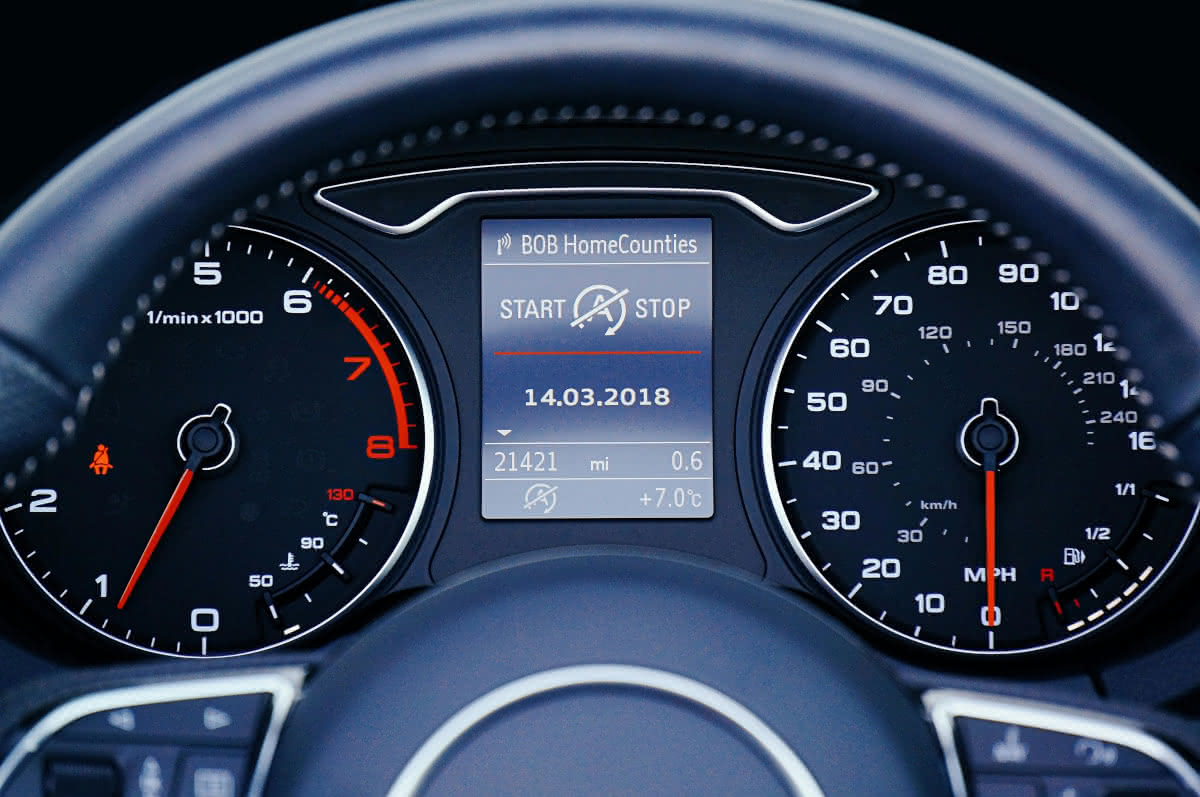What Embedded Systems Are Used in Cars?

The automotive industry saw a technological revolution, with embedded systems in cars playing a key role in car performance, security and efficiency. Embedded computer systems have been utilized in many car components and through them, cars have become capable of automation, real-time tracking and complex diagnostics. With increasingly sophisticated cars, the application of embedded systems continues to rise, shaping future trends in transportation.
Embedded systems control a range of automotive operations, such as infotainment and connectivity options and powertrain and safety controls. Embedded technology interfaces seamlessly with communications networks, sensors and actuators, delivering optimized and efficient performance and experiences for users. With smart cars and electric cars becoming increasingly popular and demand for them growing, embedded technology is becoming increasingly complex, with AI and machine learning capabilities for optimized performance.
Powertrain Control Systems
One of the most critical embedded systems in cars is the powertrain control module (PCM). It controls engine performance, transmission and fuel efficiency. With an analysis of information received through several sensors, PCM controls fuel injection, ignition timing and intake of air in a manner that maximizes output and keeps emissions in compliance with requirements. All these systems make cars run with increased fuel efficiency and less impact on the environment.
Advancements in powertrain technology have added new capabilities including cylinder shutdown, turbocharging efficiency and hybrid powertrain management. Embedded technology enables the coordination of such operations, balancing between power and consumption in an attempt to deliver its best performance. Integration with AI-powered predictive algorithms takes powertrain efficiency even a notch higher, minimizing mechanical wear and extending the life of a car.
Embedded Telematics and Fleet Management Systems
Telematics systems utilize inbuilt technology to track car location, driving habits and performance statistics. Telematics is most useful for fleet operators, allowing them to monitor fuel consumption, route planning and predictive maintenance scheduling. Telematics is utilized not only by operators but also by many car insurance companies, who use them to evaluate driving behavior and sell usage-based car insurance policies. For car owners involved in an accident, it can become easier to search for car accident attorneys near me with the use of telematics, providing important information in claims cases.
Embedded telematics encompass even emergency response systems, providing for first-responder reporting in case of an accident, in an automatic manner. Real-time tracking and diagnostics of automobiles, supported through satellite communications, are improving operational efficiency and security in transportation and logistics industries.
Advanced Driver Assistance Systems
Safety has become a top issue for car producers and Advanced Driver Assistance Systems (ADAS) stand at the edge of preventing collisions. Embedded in ADAS are controls such as adaptive cruise control, lane departure alarm and automatic stop in case of an emergency. All such controls utilize radar, camera and ultrasonic sensors to detect obstacles and allow drivers to avoid collisions. Integration of such controls reduced road collisions and overall driving security to a significant level.
Some of the most recent advances in ADAS involve self-improving capabilities, in which automobiles can learn driving behavior and driving scenarios in real time. Embedded deep technology deepens object awareness, pedestrian awareness and predictive avoidance of collisions. As car companies move towards autonomous driving, embedded ADAS will become even more developed, paving the way for full car automation.
Infotainment and connectivity systems
Modern vehicles have not only become a tool for transportation but a source of leisure and enjoyment, too. Embedded technology powers infotainment features, including touchscreens, voice commands and smartphone integration. Embedded technology brings about guidance through navigation, hands-free conversation and streaming capabilities. With added connectivity, automobiles today have over-the-air software updates, enhancing usability with no trip to a service dealership.
Connectivity extends to include vehicle-to-vehicle (V2V) and vehicle-to-infrastructure (V2I) communications. Embedded technology enables real-time traffic information, road danger warnings and over-the-air diagnostics. With 5G integration, connected cars will enjoy increased data transmission, cloud service improvements and upgraded driver aids.
Embedded Systems in Automotive Security and Airbags
Airbag control modules are one of the first automotive examples of embedments. Microcontroller-powered modules detect rapid deceleration and make airbags pop out in a matter of milliseconds. With new technology in sensors, modern airbags modulate inflation with occupant position and weight and even safer automobiles can become safer with additional improvements in terms of fewer injuries in case of an impact.
Embedded safety technology integrates electronic stability control (ESC), traction control and anti-lock braking (ABS) technology in its arsenal of capabilities. All three combine to stop skid and loss of traction, most prominently in wet-road driving scenarios. Extra security takes the form of sophisticated braking and collision-mitigation technology, engineered to prevent collisions even when a problem hasn’t yet developed.
Automotive Cybersecurity and Embedded Protection Systems
As vehicles become increasingly networked, cybersecurity is an escalating concern. Embedded security platforms safeguard cars against cybersecurity attacks through encryption and securing communications between car parts. Secure boot processes and intrusion detection systems (IDS) such as, for instance, will ensure that no hostile software can invade and make car operations go astray. It is most important for autonomous and networked cars, whose access could have disastrous ramifications.
Manufacturers are increasingly utilizing blockchain technology to lock car information, verify its legitimacy and secure it from unauthorized access. As cloud automotive options become increasingly prevalent, inbuilt firewalls and anomalous behavior detection become a norm in a move to counter any weaknesses.